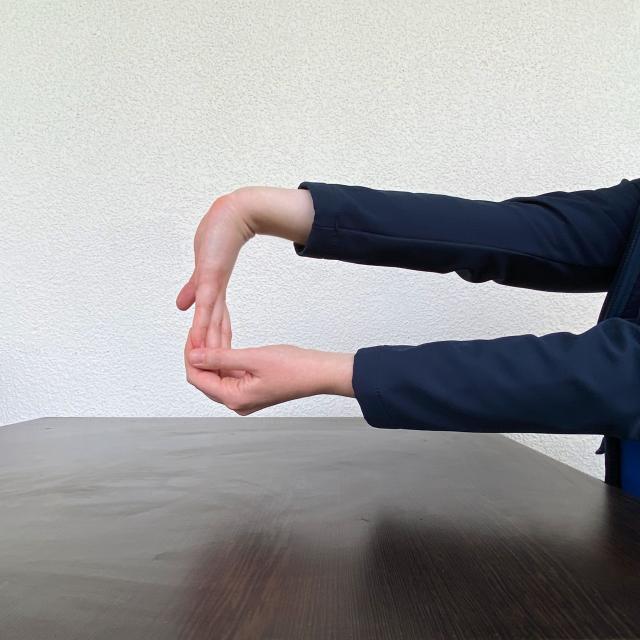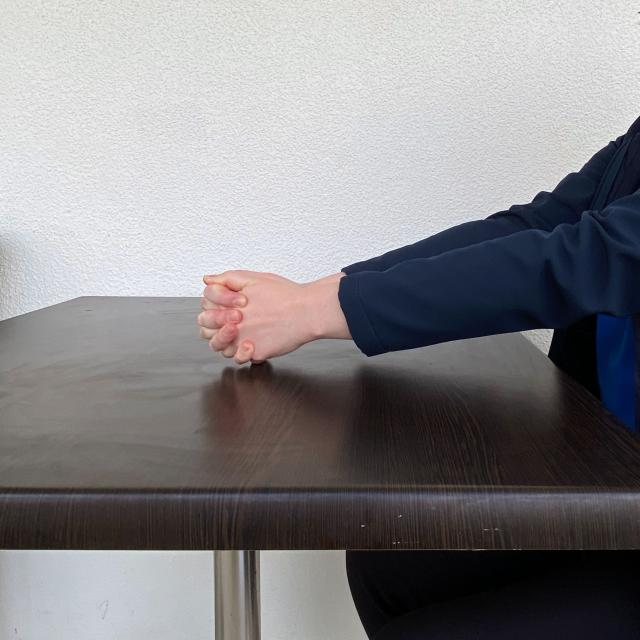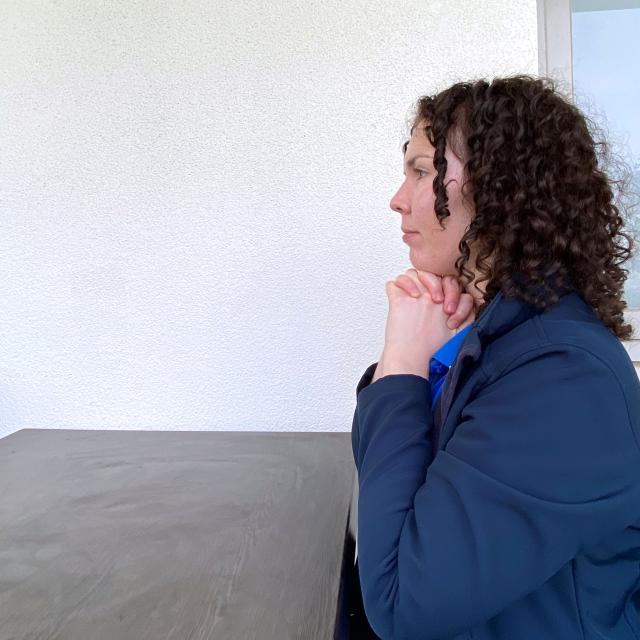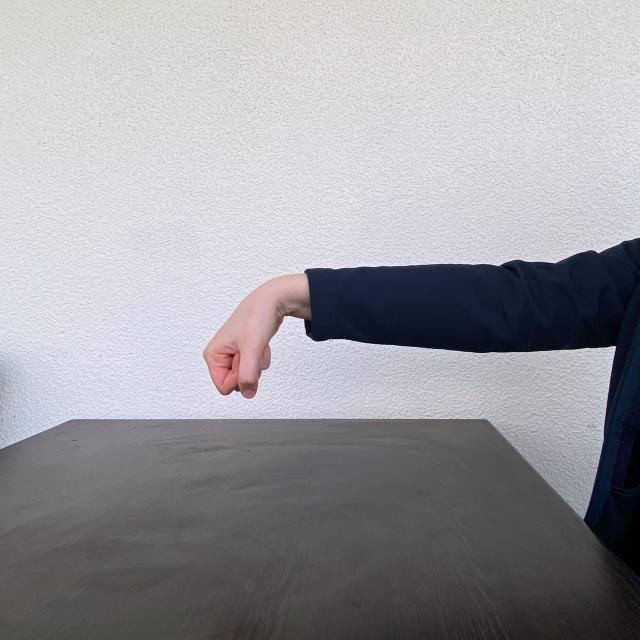Post-Stroke Upper Limb Management
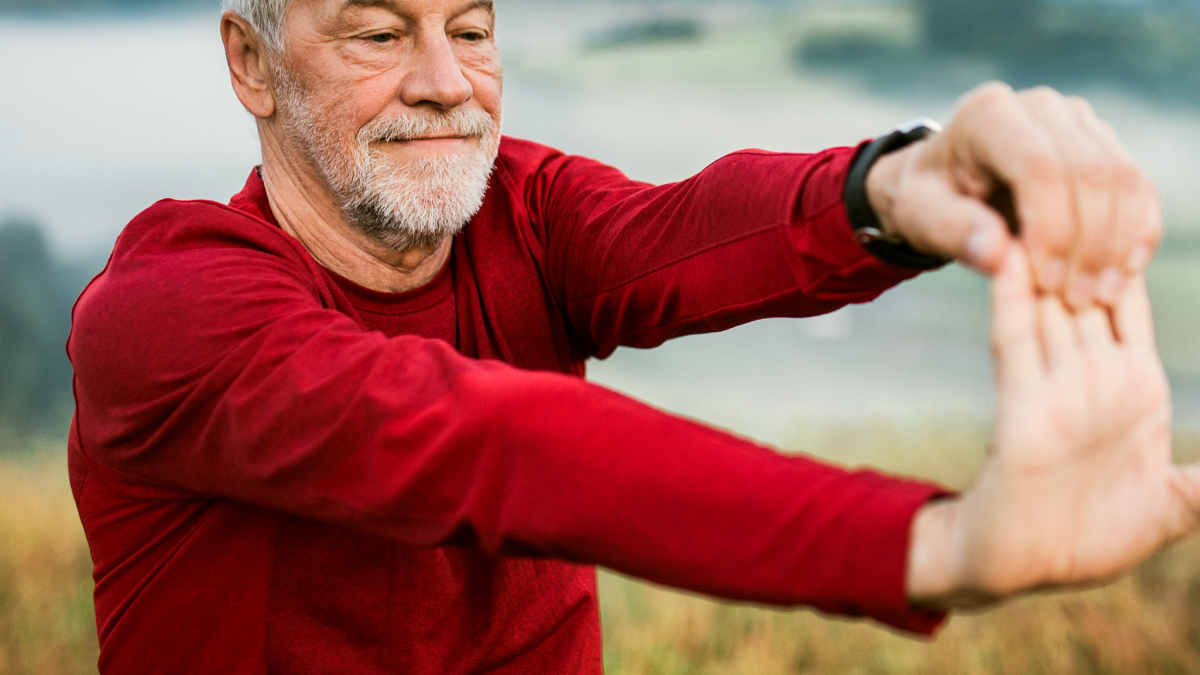
A stroke can impact your daily life significantly, especially if it affects your upper limbs, including your arms and hands.
In most cases, one side of the body is affected by stroke and this depends on where in the brain the stroke occurs. The nerves from each side of the body cross over when they enter the brain, so if the stroke happens on the left side of the brain, the right side of the body is affected and vice versa.
The most common type of stroke is an ischaemic stroke, and the most common type of ischaemic stroke is a blockage in the middle cerebral artery, which occurs more frequently on the dominant side. Therefore, if you are right-handed, you are more likely to have a stroke that affects your right hand and arm.
What changes can occur?
Common changes to arm and hand function after a stroke include weakness and paralysis, loss of sensation, coordination difficulties, swelling and changes in muscle tone. People also experience subluxation - a partial dislocation of the joints, and contracture - muscle shortening which can make joints less flexible.
How long does it take to recover?
The degree of recovery and the length of time it takes to recover can vary and is difficult to predict. Recovery is usually quickest in the first six months after a stroke, but improvement can continue for years with ongoing rehabilitation and physical activity.
It is also easier to regain lower limb function than upper limb function. This means that a lot of people are discharged from hospital or rehabilitation with minimal upper limb intervention. For example, they can walk to the bathroom now but they cannot shower on their own because of the affects in their arm and hand.
That is why upper limb therapy is key to independence and improving quality of life after a stroke. It focuses on 'functional retraining', which can include things like learning how to write, dress, bathe, eat, and drink again.
Who can help you regain upper limb functionality?
An Occupational Therapist or Physiotherapist can assess your arm's functionality after a stroke and determine the most effective treatment and exercise program for you. They can also provide you with strategies and aids to help you in your daily activities.
Southern Cross Care Health & Wellness also offers Hand Therapy classes - a specialised type of occupational therapy that focuses on helping you regain strength, dexterity, and range of motion in your hand and arm.
Upper limb exercises to try at home
Please stop if the exercise causes you pain and have rest breaks in between exercises as needed!
|
Hand Stretch ● Hold your arm out with palm facing up ● Use your other hand to bend your wrist back (as far as comfortable) ● Rest then repeat 5 to 10 times Note: ensure that your wrist, fingers and thumb are all being stretched |
|
|
Table Taps ● Hold both hands together and straighten your arms ● Tap the table with your hands then bring them back up to a level position again ● Repeat 10 times |
|
|
Chin Taps ● Hold both hands together and straighten your arms ● Tap your chin with your hands then straighten them out again ● Repeat 10 times |
|
|
Wrist Flexion ● Hold one arm out straight then make a fist ● Bend your wrist down and hold it for 3 seconds ● Repeat 10 times Note: you can use your other arm to support your affected arm as needed |
Sources:
- https://enableme.org.au/resources/arm-and-hand-function
- https://strokefoundation.org.au/media/2i5bu1in/upper-limp-management-after-stroke.pdf
- https://www.hopkinsmedicine.org/health/conditions-and-diseases/stroke/arm-care-after-a-stroke
- https://informme.org.au/media/x3alno5f/summary-occupational-therapy.pdf
Share this article
